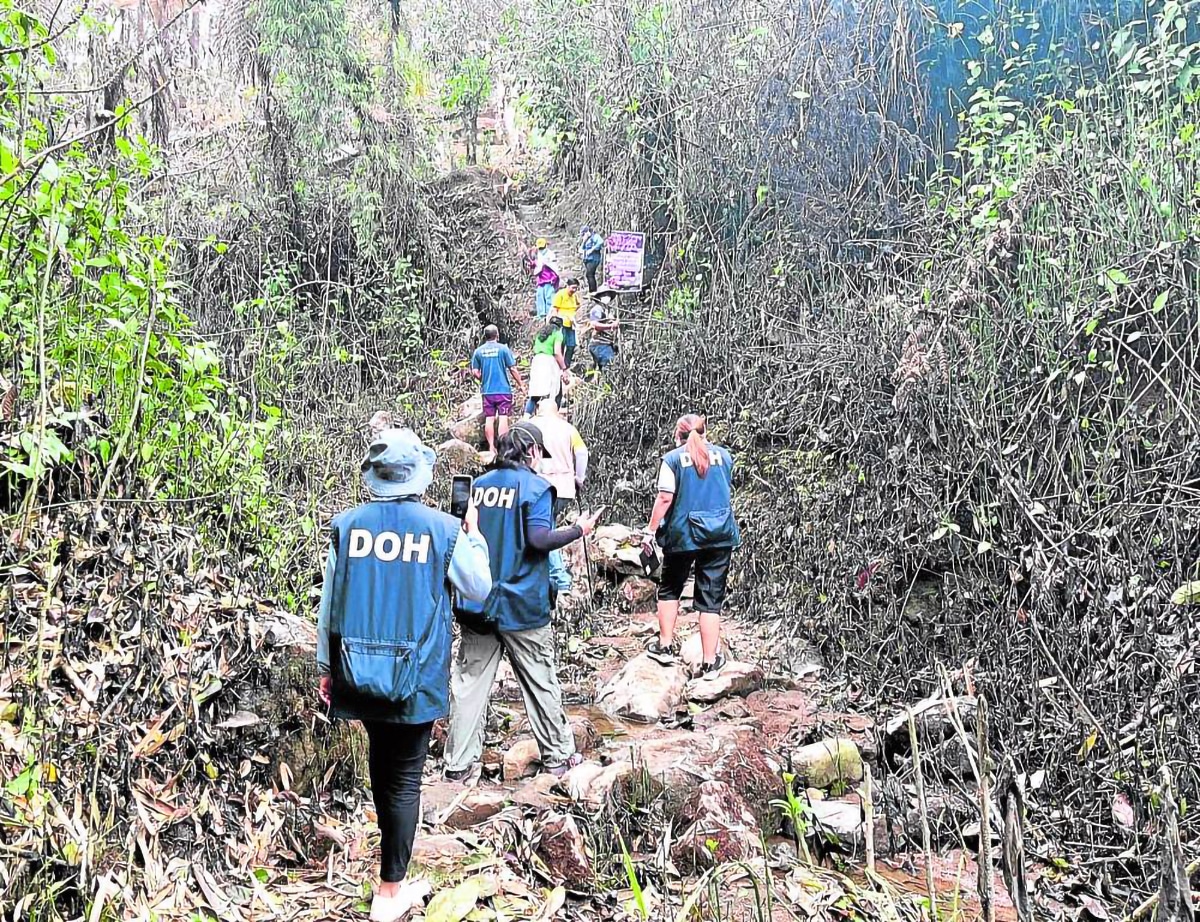
WATER SOURCES IN NEGROS TOWN TAINTED AFTER KANLAON BLAST
BACOLOD CITY — Residents of La Castellana, Negros Occidental, have another hurdle to face following the eruption of Mt. Kanlaon early this month.
The Department of Health (DOH) has found concentrations of coliform bacteria in at least 13 water sources in the town that is closest to the volcano.
Dr. Adriano Suba-an, DOH regional director in Western Visayas, said they were closely monitoring the water supply in the town to prevent an outbreak of water-borne diseases such as diarrhea.
READ: Kanlaon Volcano blast ruins crops, taints water
Suba-an, in an interview on Wednesday, advised residents not to drink water from sources that had not been declared safe.
“We are conducting further studies to determine how wide the problem is but [we] already implemented measures to prevent water-borne diseases,” he said.
Suba-an said the DOH would bring its mobile water treatment plant from La Carlota City to La Castellana where it is needed.
The DOH also conducted chlorination of water sources as well as information dissemination to educate the public on proper handwashing and cleanliness.
According to Sub-an, they also asked local officials to ensure that water containers are disinfected before these are distributed to evacuation centers and to continue monitoring water quality in temporary shelters.
As of June 24, only 39 families (116 people) remained in one evacuation center in La Castellana, said John de Asis, head of the town’s disaster risk reduction and management office.
The evacuees are residents of the permanent danger zone in sections of Biak na Bato and Masulog villages.
La Castellana Mayor Rhummyla Mangilimutan has sought the national government’s help to find a permanent relocation site.
Mt. Kanlaon’s explosion on June 3 initially caused 4,000 La Castellana residents to evacuate but most of them had been allowed to return home last week. —CARLA P. GOMEZ
2024-06-27T21:16:24Z dg43tfdfdgfd